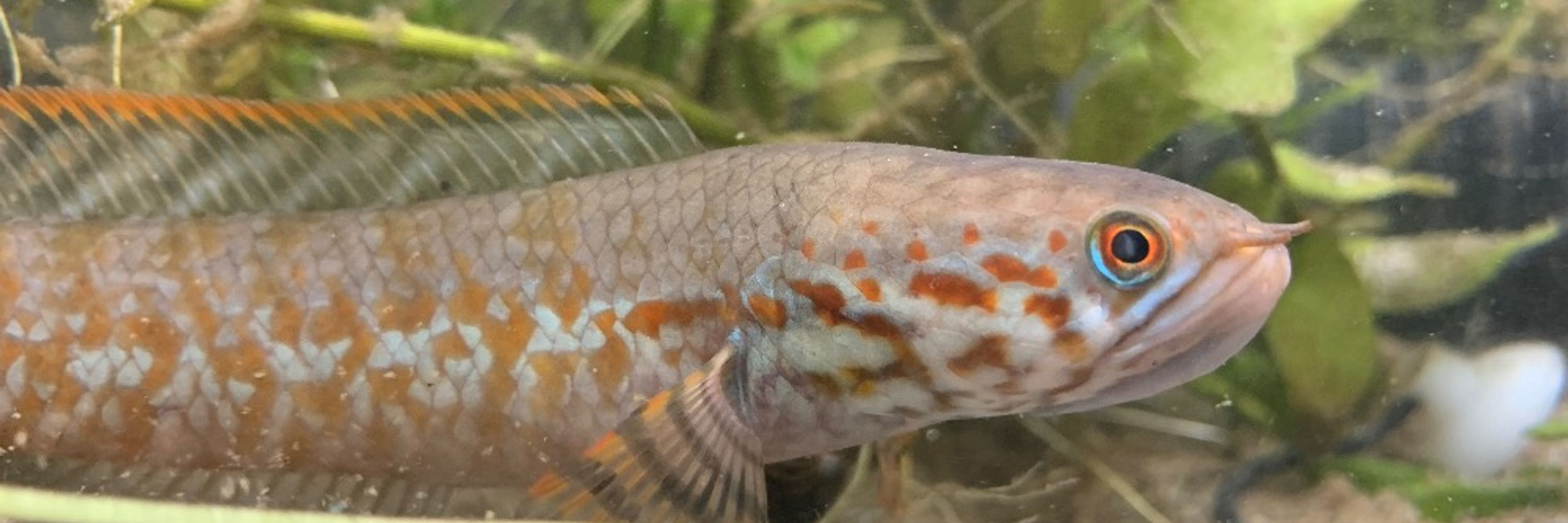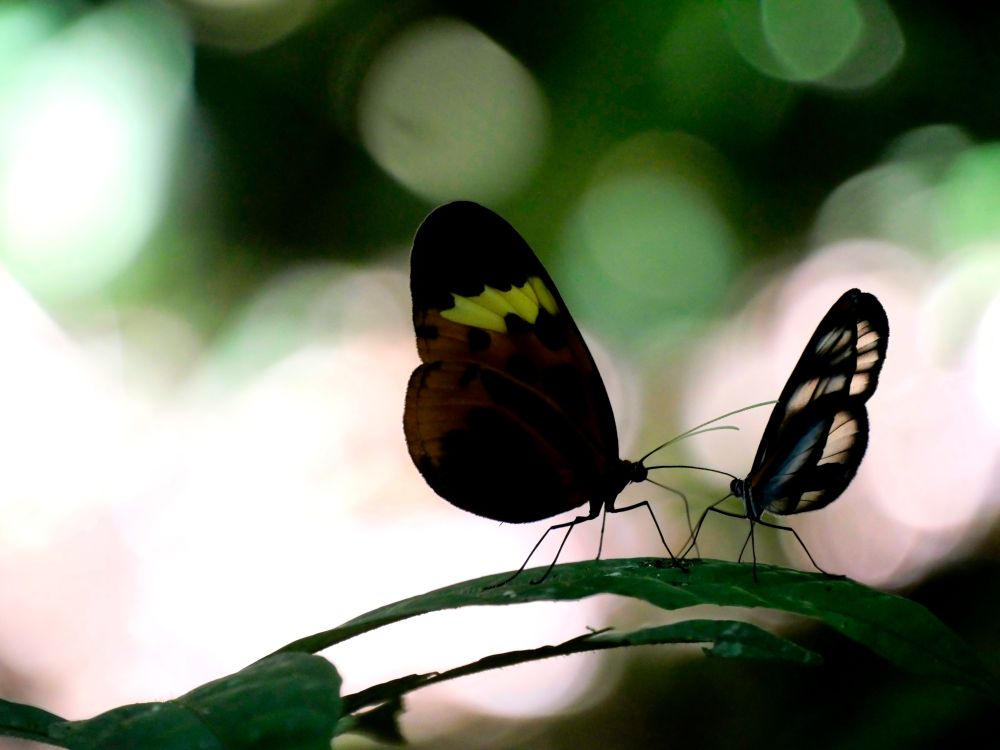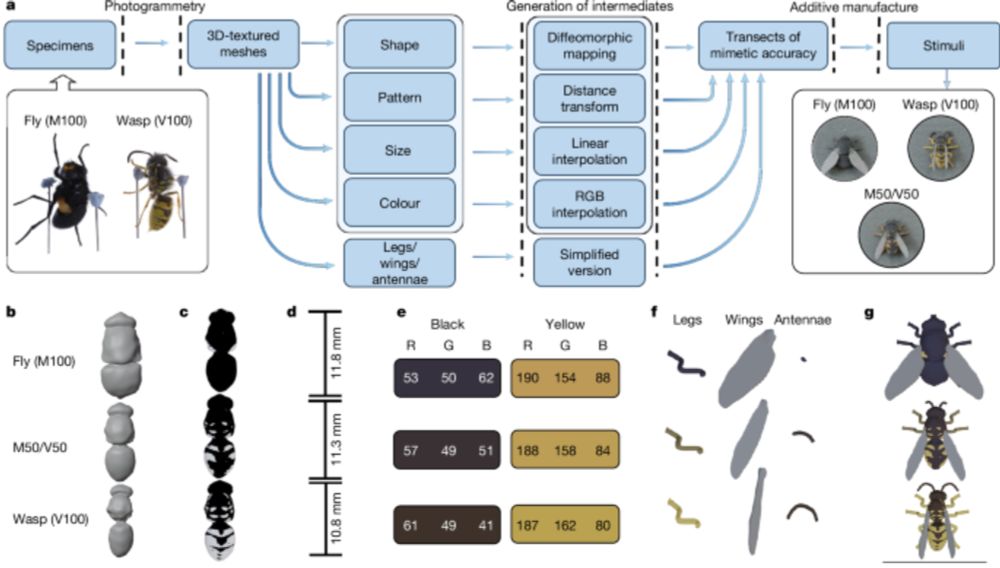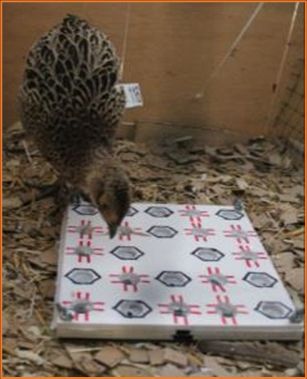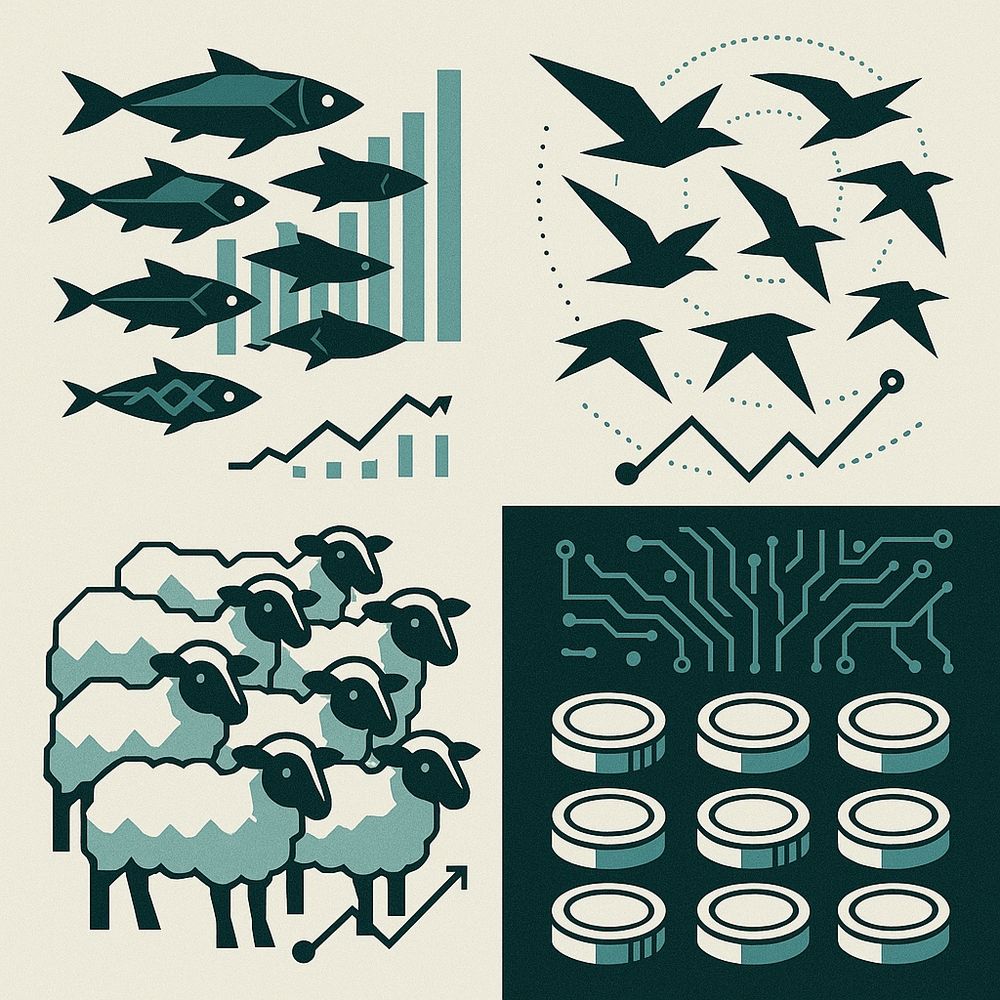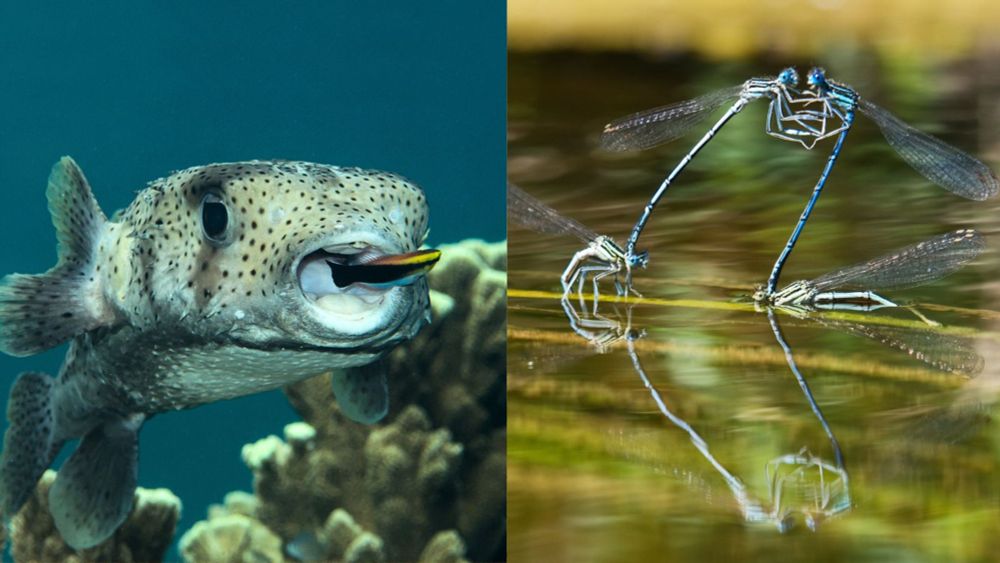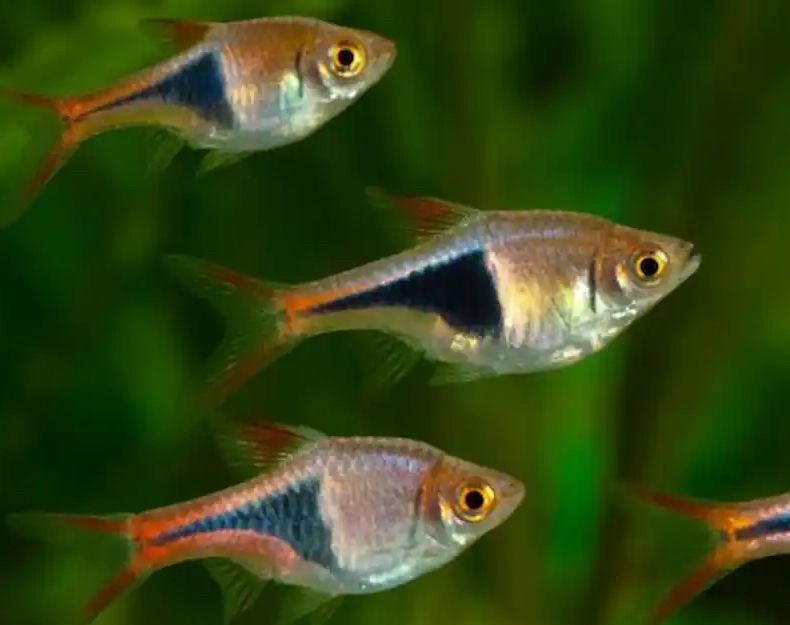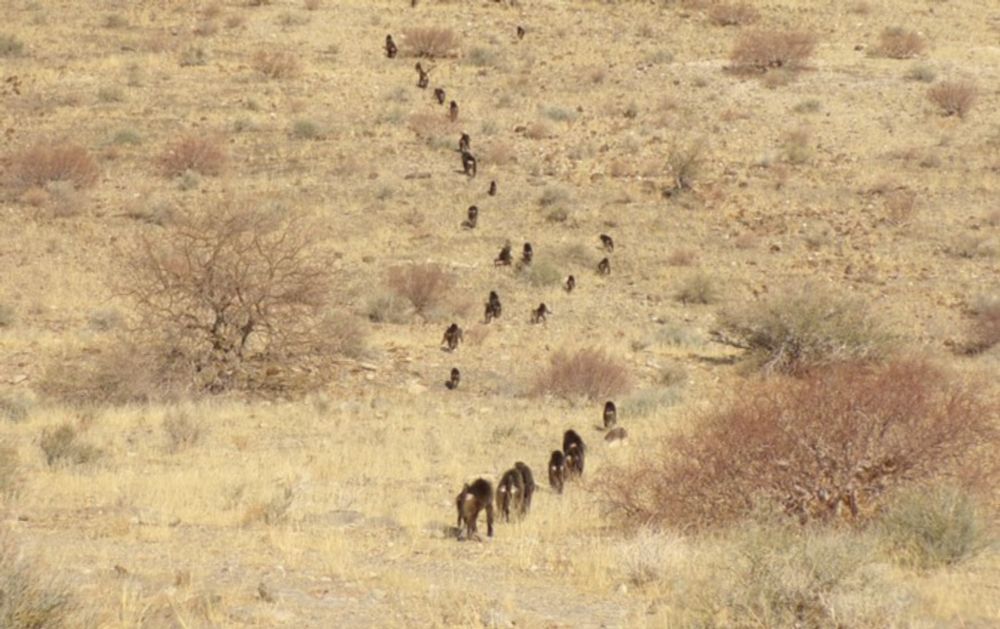Rob Heathcote
@rjpheathcote.bsky.social
530 followers
250 following
16 posts
Behavioural ecologist interested in sensory ecology of social behaviour and predator-prey interactions. Royal Society University Research Fellow.
University of Oxford
Posts
Media
Videos
Starter Packs
Reposted by Rob Heathcote
Reposted by Rob Heathcote
Reposted by Rob Heathcote
Reposted by Rob Heathcote
Reposted by Rob Heathcote
Reposted by Rob Heathcote
Reposted by Rob Heathcote
Reposted by Rob Heathcote
Reposted by Rob Heathcote
Reposted by Rob Heathcote
Sam England
@samjakeengland.bsky.social
· Jul 24
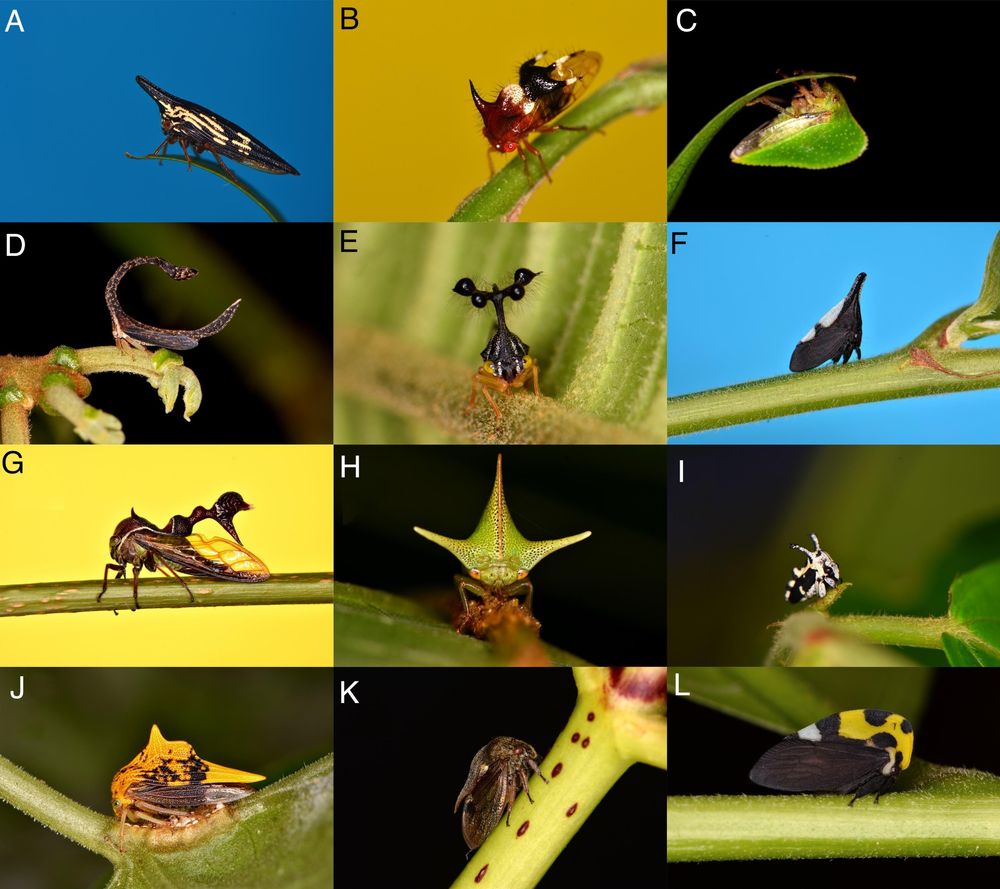
Electroreception in treehoppers: How extreme morphologies can increase electrical sensitivity | PNAS
The link between form and function of an organism’s morphology is usually apparent
or intuitive. However, some clades of organisms show remarkable ...
doi.org
Reposted by Rob Heathcote
Sam Matchette
@sammatchette.bsky.social
· Jul 23

Antagonistic effects of predator color morph abundance and saliency on prey anti-predator responses
Predators can have different color morphs, but whether morph abundance or saliency is more influential in shaping antipredator behavior in prey remains unc
tinyurl.com
Reposted by Rob Heathcote
Reposted by Rob Heathcote
Reposted by Rob Heathcote
Reposted by Rob Heathcote
Reposted by Rob Heathcote
Reposted by Rob Heathcote
Reposted by Rob Heathcote
